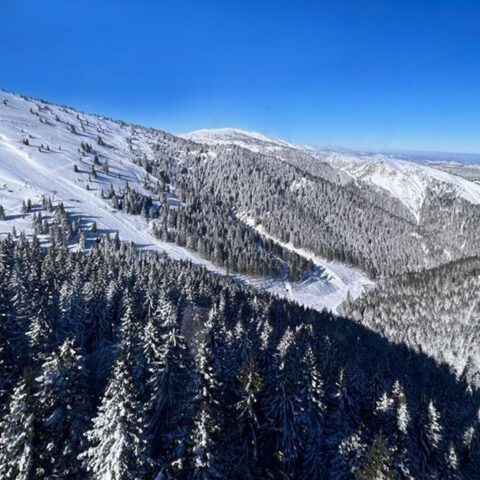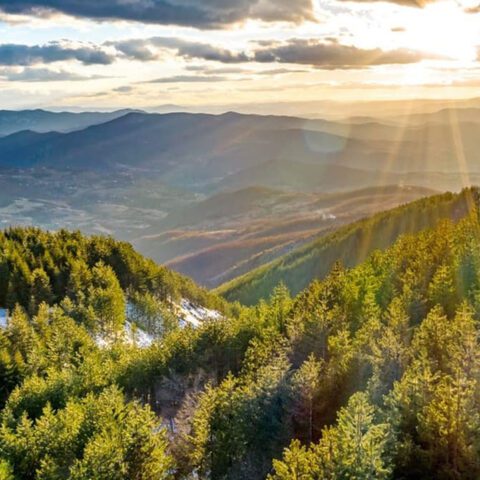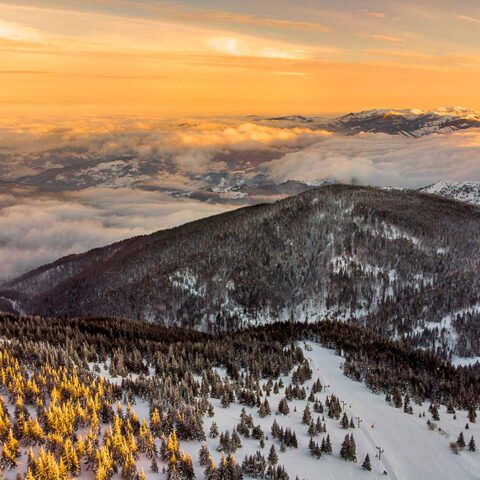The 62nd International Meat Industry Conference will take place at Mt. Kopaonik, Serbia.
Kopaonik has a subalpine climate and and is rightfully known as the Mountain of the Sun for there are almost 200 sunny days during the year. Cold and heavy air is channelled away to the surrounding valleys and basins, meaning that winter temperatures are not too low (the mean annual temperature on Ravni Kopaonik is 3.7°C). Snow falls from the end of November and stays until May, which is on average 159 days a year.
Kopaonik gained its name from the Serbian word kopatiwhich means ‘to dig’ because of the rich ore resources which were mined here for centuries. Volcanic activity and the discharge of hot mineral solutions caused changes in the surrounding rocks, creating the rich Kopaonik mining region from which iron, lead and zinc were excavated.
Due to its valuable ecosystem, Kopaonik became a national park in 1981. Kopaonik National Park covers an area of 11,810 hectares and based on the number of endemic species, it is one of Serbia’s most important biodiversity hotspots for endemic flora. Kopaonik’s important endemic and rare species include the Kopaonik houseleek (Sempervivum kopaonikensis), the Kopaonik violet (Viola kopaonikensis), Pančićeva režuha (Cardamine pancicii), Serbian flax, Pančićev vijuk and eidelweiss. Kopaonik’s rich variety of animal species deserve special attention, of which the Golden Eagle, Peregrine Falcon, Tawny Owl, Shore Lark, Common Crossbill, Eagle-Owl, dormouse, wildcat, fallow deer, amongst others, stand out.
Kopaonik mountain is especially beautiful for its distinctive landscape of dense coniferous forests (spruce and fir) at higher elevations and mixed beech and oak forests on its slopes, pastures and meadows and prominent peaks from which views extend to the Šar Mountains and the Komovi and Stara Planina mountains.
The historical significance of the Kopaonik region as the seat of the mediaeval Serbian state is illustrated by the remains of fortified towns (Zvečan, Koznik and Maglić) on the peaks of the central massif and the mining areas (Stari Trg and Novo Brdo), as well as the churches and monasteries (Gradac, Pavlica, Studenica, Žiča and Sopoćani), the endowments of Serbian rulers, nestled at the foot of the Kopaonik mountain range.





